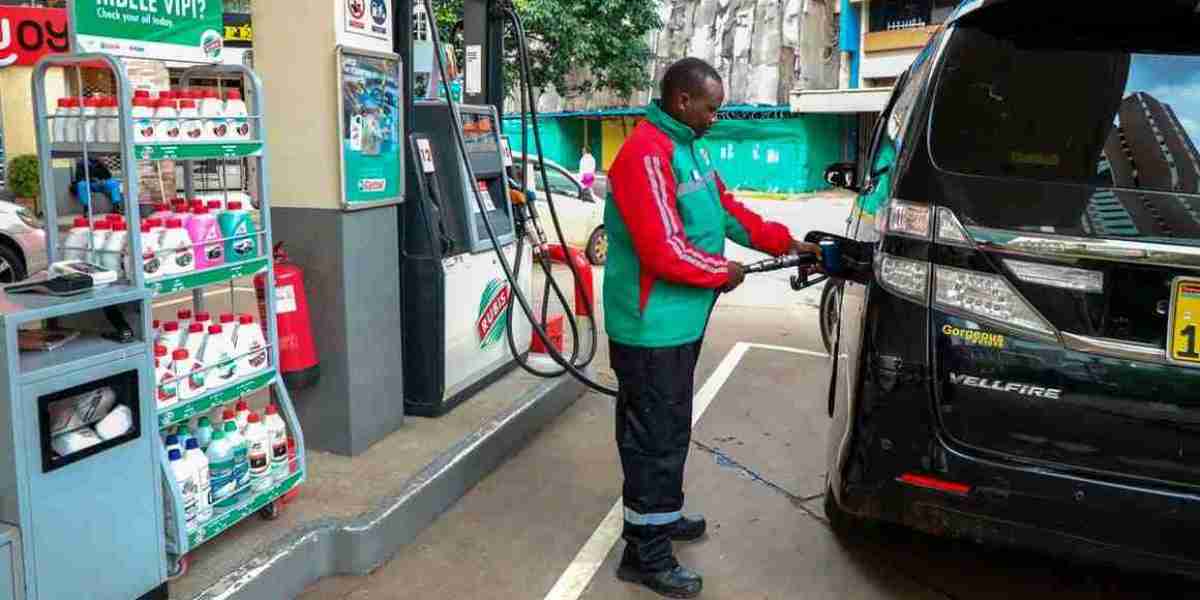The latest inflation figures released by the Kenya National Bureau of Statistics (KNBS) show transport costs went up by 9.7 percent in March on average compared to the same month last year.
This is way above the average inflation rate of 5.7 percent across all the 330 goods and services tracked by KNBS to measure the cost of living.
The increase in transport costs was propelled by a sharp jump in the prices of fuel, which crossed the Sh200 per litre mark for the first time in September last year.
According to KNBS data, the price of kerosene has risen by 29 percent over the last year, while those of diesel and petrol have also gone up by 17.3 percent and 10.9 percent respectively.
Higher transport costs had a major impact on businesses as the cost of moving goods across the country sharply increased, forcing them to raise the prices of goods.
For commuters, some public transport vehicles (PSVs) raised fares, while for those who own their own vehicles, their budgets for refuelling ballooned. The significant rise in transport costs beats the 8.5 percent increase in the cost of alcoholic beverages, tobacco and narcotics whose price jump was partially driven by an increase in excise duty charged on these commodities.
The cost of housing, water, electricity and cooking gas has risen by 8 percent, which is the third highest.
The cost of electricity and water has gone up significantly over the last year due to new tariffs approved on the products, while a rise in global prices has increased cooking gas prices.
This was followed by personal care and social protection whose cost increased by 6.1 percent over the one-year period which was underpinned by a government raid on the beauty industry with new taxes targeting cosmetics.
Food inflation remained high at 5.4 percent propelled by a significant jump in the cost of key products, particularly onions whose prices has gone up by 65.5 percent, sugar (21.3 percent), mangoes (21.2 percent) and other food items.
However, the significant decline in the price of maize, a staple, by 15.9 percent helped stabilise the overall inflation figure of the food and non-alcoholic beverages category.
Insurance cost
On the other hand, the cost of insurance rose by the smallest margin of just 0.9 percent during the period, while the cost of information and communication and education went up by 1.3 percent and 2.3 percent respectively.
Meanwhile, the cost of eating out at restaurants and booking accommodation increased by 4.5 percent, that of recreation and sports jumped by 48 percent, while the cost of health and furnishings went up by 2.6 percent and 4.3 percent respectively.


